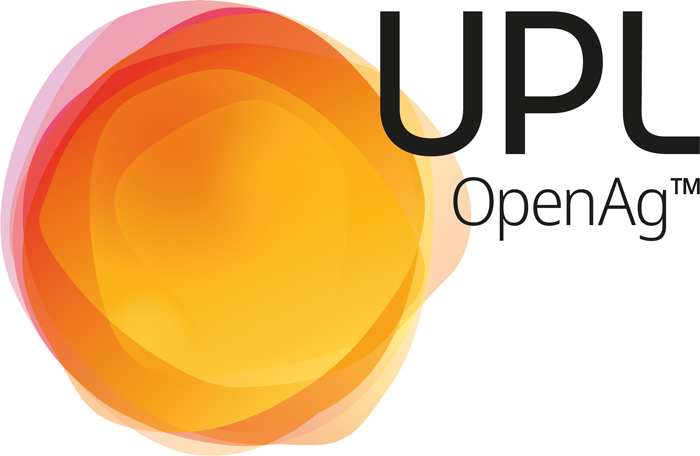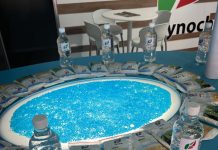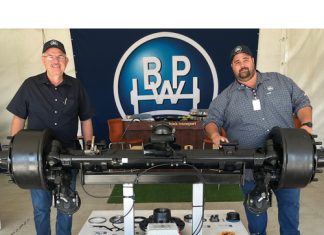 An intensive containment and clean-up operation after the arson attack that destroyed UPL’s Cornubia warehouse has successfully contained all runoff from the site. Pollution control has been implemented, treatment dams have been constructed and remediation efforts are well under way.
An intensive containment and clean-up operation after the arson attack that destroyed UPL’s Cornubia warehouse has successfully contained all runoff from the site. Pollution control has been implemented, treatment dams have been constructed and remediation efforts are well under way.
This follows events in the late evening of 12 July and early hours of 13 July, when the UPL’s leased Cornubia warehouse was vandalised and set on fire by looters connected with the general unrest that spread through the greater Durban area.
UPL has lost an enormous quantity of agrichemical products that are vital to the health and sustainability of the agricultural sector of the economy. The loss of the products through this fire may well affect the crop production in the growing season that is about to begin. However, UPL has committed itself to the South African agricultural community and will make every endeavour to replace the products, where reasonably possible, in time to provide the assistance that farmers will need.
Containment measures
The pollution containment work began immediately after access to the site became possible, with two specialist firms appointed to remove waste and polluted water. More than 100 spill response staff have been working around the clock, seven days a week, with super suckers employed to remove contaminated water from streams.
Laboratory test results to determine the most effective water treatment options are expected imminently, which will enable accelerated bioremediation efforts to address any remaining contamination. The experienced team overseeing the clean-up and remediation comprises leading environmental experts, and specialists in air quality, toxicology, human health, water, wetlands and environmental engineering, biomonitoring and forensic ecology, among others.
UPL has appointed a specialist firm to manage a public consultation process to ensure affected communities are fully consulted and informed. A human health impact assessment, including interviews with affected communities, has begun.
The response strategy, which is being overseen by a joint operations committee, including national, provincial and local government authorities, is divided into containment, clean-up, remediation, impact assessment, rehabilitation and monitoring phases.
Specialist teams of environmental engineers, hydrologists and aquatic ecologists have formulated a risk mitigation strategy to remove the bulk of contaminated water and sediments from the stream to the confluence with the Ohlanga River.
In the wetlands, the most polluted sediments are being physically removed for appropriate hazardous waste disposal. These wetland systems are rapidly being repurposed, engineered and designed to act as long-term bioremediation cells, or bio-processors, and to assist in the longer-term remediation and then rehabilitation of any residual pollutants that may remain trapped in the system. This work is taking place in conjunction with the specialist chemists and toxicologists in the team.
Wetlands are widely recognised for their ability to break down pollutants, including some of the most complex chemical compounds. Ultimately, the environmental team supporting UPL in this incident is intending to rehabilitate the river and wetland systems to a fully functional and healthy habitat.
Monitoring water and air quality
On-going water quality and toxicity monitoring is going hand-in-hand with the clean-up process to ensure that the worst of the pollution is removed and/or remediated. Reporting on this is formally and independently being undertaken by the various scientists on the team and these results are going to the various provincial and national authorities for their scrutiny and review.
Air quality monitoring on and around the site began before the fire was extinguished and continued after this. Air dispersion modelling, along with toxicological information, will produce an air quality impact assessment.
Results have already been received from laboratories in Johannesburg from water samples taken one week after the incident. The independent laboratory results for organic and inorganic substances show that the levels of some chemicals around the warehouse in the water and sludges were high, but none of the parameters exceeded the applicable South African and international screening levels in the stream prior to its entry into the Ohlanga River at the time of sampling.
Air sampling results to date show elevated levels of dust, ammonia and sulphur dioxide during the fire, but that these reduced significantly after it was extinguished and are currently at baseline levels. Further review, analysis and monitoring are ongoing.
On the site of the burnt warehouse, steel, rubble and concrete debris have to be made safe, sorted, cleaned, and removed off-site for safe hazardous waste disposal, while specialist clean-up teams access the surfaces and undertake a deep-clean and neutralisation of residual pollutants. A large, lined pollution holding dam has been constructed off the site to capture and contain any further runoff.
UPL will continue to do everything it can to eliminate the spilled product from the environment, and no expense or expertise are being spared, regardless of the fact that the event was entirely beyond its control.



















